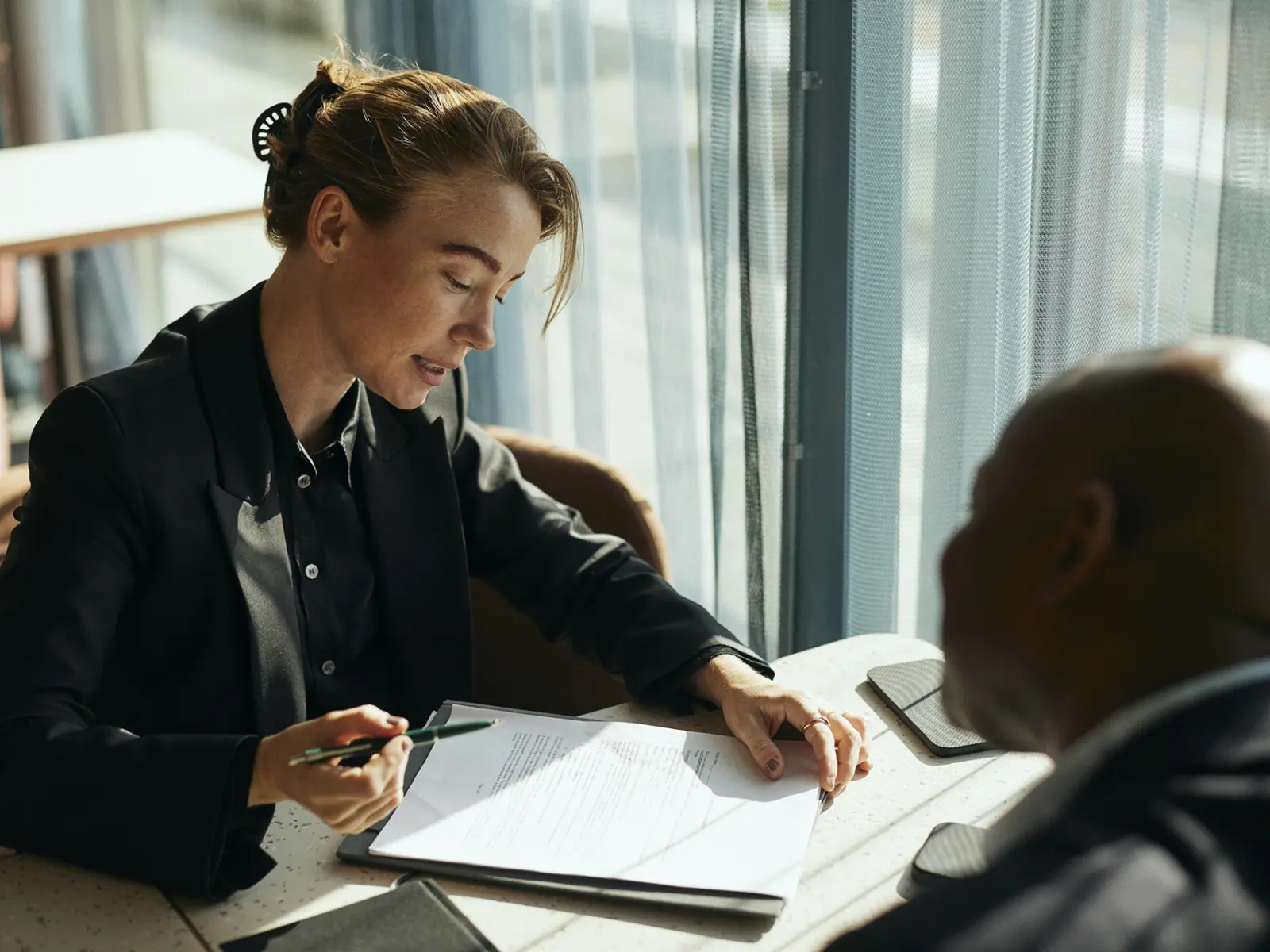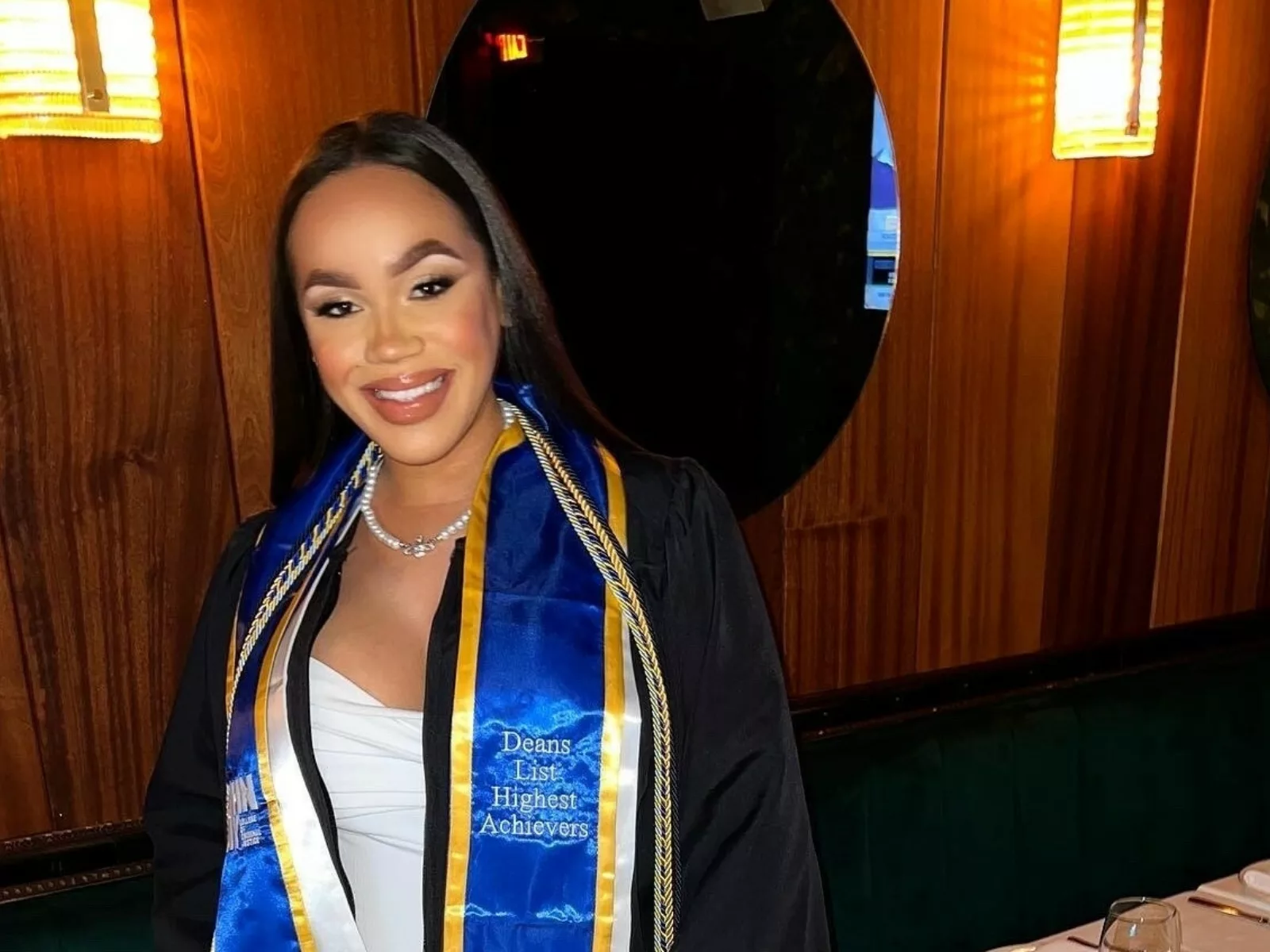Grantee: Bottom Line. The study’s publicly-available report is posted here.
Description of the Intervention: This project was a randomized controlled trial (RCT) of Bottom Line, a program that provides one-on-one guidance to help low-income students get into and graduate from college. The program serves students beginning in their senior year of high school and continuing for up to six years of college. Full-time trained advisors help students identify colleges where they are likely to be successful, apply to those schools, complete financial aid applications, and select a college or university that best meets their needs. Once enrolled in college, students who attend a college affiliated with Bottom Line are offered ongoing support from campus-based advisors in several areas including course selection, adjusting to college social life, and managing financial aid. The program costs approximately $4,000 per student.
Study Design: The study randomly assigned 2,422 students at three sites — Boston, MA; Worcester, MA; and New York City, NY — to a treatment group that was offered Bottom Line or a control group that was not (but had access to usual school and community services). Seventy percent of sample members were female and 64% were Black or Hispanic. At the start of the study, 81% of the sample were children of parents who did not attend college, and the average household income for students in the sample was approximately $23,000. The study is measuring college enrollment, persistence, and completion outcomes over a seven-year period, using administrative data from the National Student Clearinghouse. The report discussed in this summary presents findings for the full sample for whom six-year outcome data are currently available.
Impact on the Primary Outcome: On the study’s pre-registered primary outcome, the analysis found that Bottom Line produced a sizable increase of 8 percentage points in the likelihood of earning a bachelor’s degree six years after random assignment (i.e. five years after expected high school graduation). Specifically, 55% of the Bottom Line group had received a bachelor’s degree vs. 47% of the control group. This effect was statistically significant in the full sample (p<0.01), and consistent across the study’s three implementation sites.f1
Over the same period, Bottom Line also produced a 5 percentage point increase in any college enrollment (87% of the Bottom Line group had enrolled in any college vs. 82% of the control group) and a 9 percentage point increase in enrollment in a four-year college (79% of the Bottom Line group had enrolled in a four-year college vs. 70% of the control group). Both effects were statistically significant (p<0.01).f2
Study Quality: Based on a careful review, we believe this study is well-conducted, and that the findings are valid.f3













